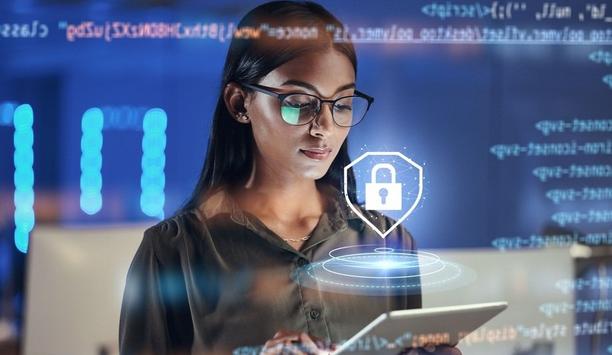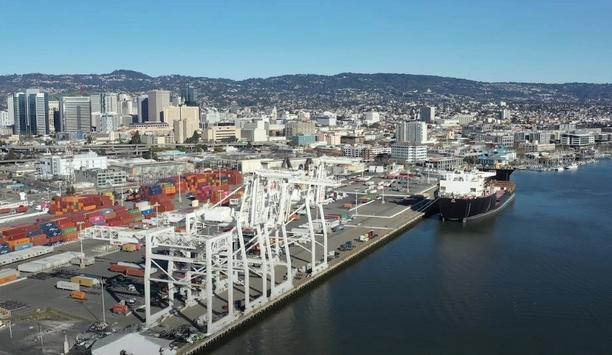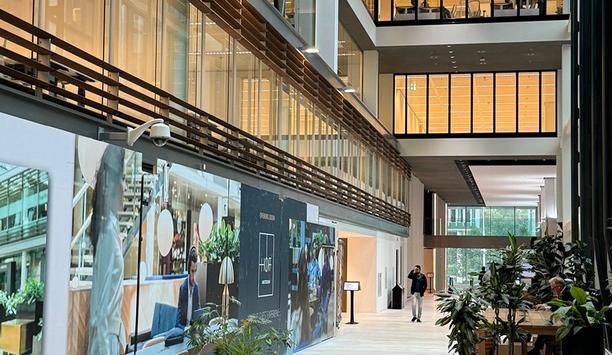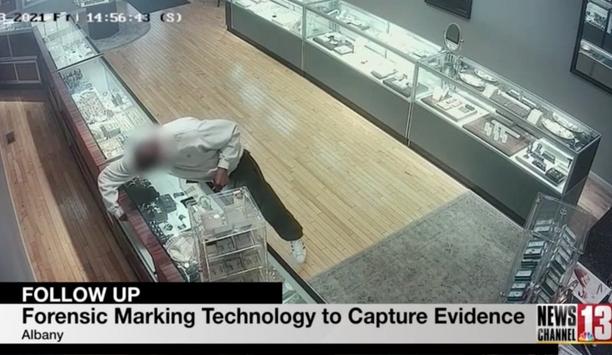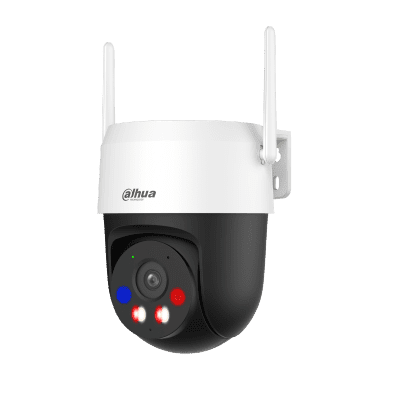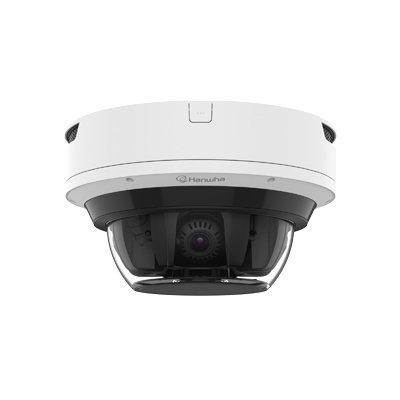Four out of every five (82%) of existing CCTV and video monitoring systems are set to be extended to help keep schools and colleges ‘COVID Safe’, found a new education sector study of 91 education organisations based in the UK, US, Sweden, and Norway, carried out by video security as a service (VSaaS) provider AVA Security in March 2021.
Many schools and colleges have already adapted their video monitoring systems to support COVID safety measures. For example, half (50%) of all those in charge of these systems had already adapted their existing video systems to help manage social distancing. A further 34% planned to use their systems for this purpose within the next 6 months.
Adopting video monitoring/CCTV technologies
The AVA Security Education Sector Trends Report 2021 just out, provides a wealth of data and insight linked to how Operations, Security, and IT directors and managers within educational establishments in the US, Norway, Sweden, and the UK, are adapting their video monitoring or CCTV systems in the wake of the pandemic.
Nearly four of every 10 (38%) educational institutions were already using their video monitoring systems to trace all student, staff, and visitor movements in, out, and around their premises and grounds to protect everyone from infection. A further 46% planned to configure these systems for this same purpose within the next 6 months.
New COVID Safe-specific video analytics
29% were using their existing video systems to help provide temperature level health checks at some building entrances
Nearly a third (29%) was already using their existing video systems to help provide temperature level health checks at some building entrances. A further 43% planned to enable temperature checking via their CCTV systems within the 6 months.
Interestingly, 41% had already deployed their video systems for reporting on class or lecture hall occupancy levels and people density levels inside retail areas, dining facilities, and other leisure areas where students congregate. A further 41% said they were planning to add this capability via their video systems over the next 6 months.
Mask and face recognition systems
Mask detection analytics is also being widely deployed in US and Northern Europe’s schools and colleges: 35% had already deployed video analytics software now available for alerting security staff when teachers or students are inside a building but not wearing a mask. A further 31% planned to deploy mask detection analytics within the next 6 months.
However, the Education sector is a more cautious deployer of facial recognition analytics in existing cameras to enable visual identification and contactless access control in the interests of reducing COVID infection via card touch-in gates. Only 22% of schools and colleges have deployed facial recognition to date, although this is set to more than double to 29% over the next 6 months.
The biggest challenge of supporting all these changes appears to be paying for them: 31% of those in charge of video monitoring systems had already seen a significant reduction in budgets available for upgrading and improving video monitoring capabilities in the last year. A further 29% had seen a small reduction in budgets over the same timeframe. A further 8% thought fresh budget cuts were likely before the end of 2021.
Cybersecurity becomes a key IT priority
There has been an increased focus on cybersecurity to protect access to vital data and online learning resources
As IT, operations, and security staff have had to run systems as well as teaching remotely during the pandemic, there has been an increased focus on cybersecurity to protect access to vital data and online learning resources. Just in the last few months, the University of Hertfordshire experienced a major cyberattack that led to the shutting down of key online learning apps including Zoom for students enrolled there.
Over a third (35%) of educational institutions’ decision-makers questioned thought it ‘very likely that they would need to place a ‘larger focus on cybersecurity for all devices and applications that are networked’ as one impact of the pandemic. A further 48% thought an increased cybersecurity focus was ‘likely’.
Linked to this, 27% of directors and managers running video security systems in schools and colleges saw an improvement to the video ‘system’s resilience and back-up systems/procedures’ as a ‘High Priority’ improvement that they needed to implement to protect video data this year, while a further 44% saw it as ‘Somewhat a Priority’.
VSaaS selection criteria
For the 82% of all education respondents actively considering Video Security as a Service (VSaaS) options right now, there were many criteria determining provider selection.
Nearly nine out of 10 net (87%) considering VSaaS in 2021, agreed with the statement ‘It must have very strong cybersecurity, including end-to-end encryption from the camera to the cloud.’
Reduced costs and ease of use
The VSaaS selected must also offer a reduction in the ‘Total Cost of Ownership of our video monitoring system’, according to 48% of educational institutions considering migration to VSaaS. Further, 45% of decision-makers questioned insisted on greater ease of use, supporting the statement ‘It must be configurable and operable by non-IT people.
While 24% of education sector decision-makers considering VSaaS, said the provider needed not to be headquartered in mainland China.
Integration with existing camera systems
A net 80% of video monitoring system decision-makers in the education sector also considered it important
A net 80% of video monitoring system decision-makers in the education sector also considered it important that the VSaaS selected ‘must allow us to continue using our existing third party cameras which we have already installed, we don’t want to rip & replace any equipment.
A net 80% considering VSaaS also confirmed ‘It must allow us to view their directly attached cloud cameras alongside our third-party cameras on the same interface’. Further, the same number of respondents (net 80%) considered it net important (either ‘very’ or ‘quite important’) that the VSaaS ‘must allow us to use our existing Video Management Software (VMS) or provide the same functionality as we get from our VMS’.
Video analytics
An even higher number, net 84%, regarded it as important that the VSaaS selected ‘must enable us to run the latest video analytics capabilities such as occupancy levels for social distance management (in a room), noise analytics (e.g., breaking glass, screaming, yelling, etc), people and vehicle search, object searching and colour searching’.
Workspace management technologies
Ava Security also found evidence that the education sector is an early adopter of other workspace technologies designed to make it easier for students to manage the use of school and college facilities while minimising the risk of COVID infection.
For example, 52% of educational institutions captured in the Ava study expressed interest in offering staff and students the capability of remote pre-booking of working areas in libraries, classrooms, and lecture halls and pre-registering students via mobile-ready apps.
Nearly four out of every 10 people responsible for managing video monitoring in their school or college (38%) felt remote booking of extra cleaning of surfaces before or after classes would be a useful innovation.
Cybersecurity is critical to VSaaS selection
Education sector video monitoring system decision-makers are considering VSaaS and weighing up criteria for selection"
Vegard Aas, Head of Online Business at Ava Security, commented, “The fact that four out of five education sector video monitoring system decision-makers are already actively considering VSaaS and weighing up criteria for selection is very encouraging."
“There is also clearly a strong determination to adapt existing school video surveillance systems to new COVID-safe requirements. And the fact that a third (32%) confirmed that a new budget had already been allocated for moving more services into the cloud this year provides significant scope for optimism as we enhance our VSaaS offering with Ava Cloud Connector for example, which enables those running systems to plug existing third party cameras into Ava’s open Aware Cloud platform.”
Video security solutions
Ava Security recently launched its Cloud Connector offering to enable video security system owners easy and cost-effective transition of video security solutions to the cloud. This brings Ava’s advanced real-time video analytics and proactive security to existing surveillance cameras by integrating them with Ava’s open Aware Cloud platform.
Ava’s Cloud Connector eliminates the need to rip and replace existing video security devices to directly reap the cost and operational efficiencies of a true cloud service.






